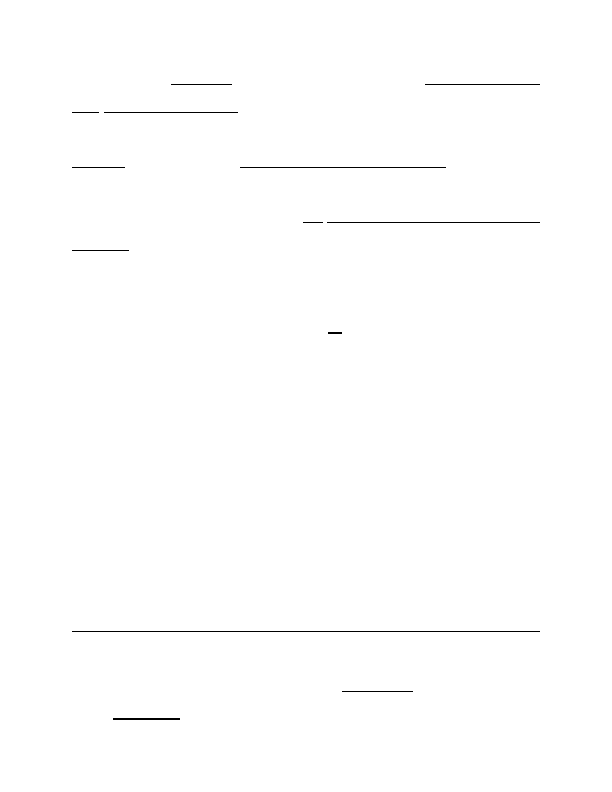
584, 593 (1978)); In re Bergy, 596 F.2d 952, 960 (CCPA 1979), vacated as moot sub
nom. Diamond v. Chakrabarty, 444 U.S. 1028 (1980). Whether a claim is drawn to
patent-eligible subject matter under § 101 is an issue of law that we review de novo.
Comiskey, 499 F.3d at 1373; AT&T Corp. v. Excel Commc'ns, Inc., 172 F.3d 1352,
1355 (Fed. Cir. 1998). Although claim construction, which we also review de novo, is
an important first step in a § 101 analysis, see State St. Bank & Trust Co. v. Signature
Fin. Group, 149 F.3d 1368, 1370 (Fed. Cir. 1998) (noting that whether a claim is invalid
under § 101 "is a matter of both claim construction and statutory construction"), there is
no claim construction dispute in this appeal. We review issues of statutory
interpretation such as this one de novo as well. Id.
A.
As this appeal turns on whether Applicants' invention as claimed meets the
requirements set forth in § 101, we begin with the words of the statute:
Whoever invents or discovers any new and useful process, machine,
manufacture, or composition of matter, or any new and useful
improvement thereof, may obtain a patent therefor, subject to the
conditions and requirements of this title.
35 U.S.C. § 101. The statute thus recites four categories of patent-eligible subject
matter: processes, machines, manufactures, and compositions of matter. It is
undisputed that Applicants' claims are not directed to a machine, manufacture, or
composition of matter.
Thus, the issue before us involves what the term "process" in
examiner should generally first satisfy herself that the application's claims are drawn to
patent-eligible subject matter.
2
As a result, we decline to discuss In re Nuijten because that decision
primarily concerned whether a claim to an electronic signal was drawn to a patent-
eligible manufacture. 500 F.3d 1346, 1356-57 (Fed. Cir. 2007). We note that the PTO
2007-1130 5
